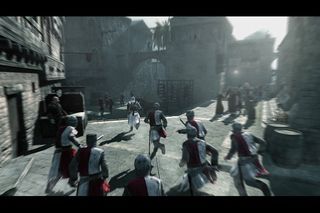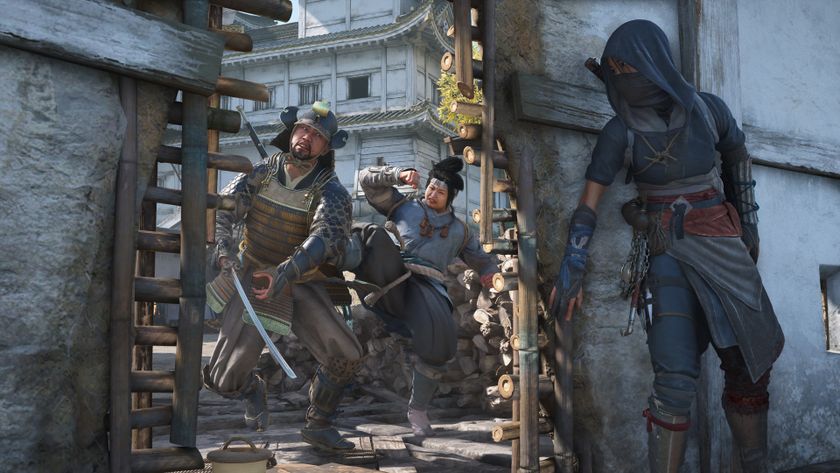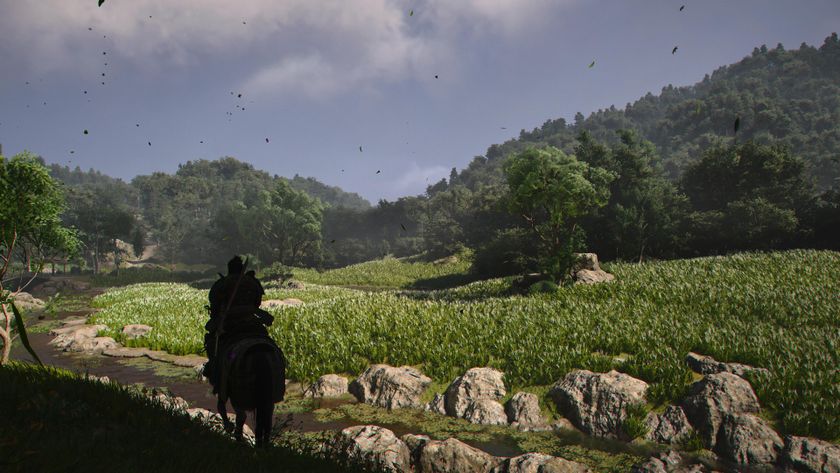Assassin's Creed - hands-on
We spent an entire day playing Assassin's Creed at Ubi's Montreal studio
The controls are the obvious place to start. We were fortunate enough to have a developer sitting by our side to point out the game's subtleties and get us up to speed on the intricate control scheme. The context-sensitive controls require a relearning of the tried-and-true archetypes to which we've grown accustomed. The buttons are mapped to parts of the body, so Y (or Triangle) is the head, X (Square) and B (Circle) are the hands, and A (X) is the legs. What the button actually does in any situation changes based on context, and learning to flow with these context shifts requires an intuitive understanding of the game's internal logic. For example, B (Circle) is the "free hand" button and is used variously for gently pushing people out of the way, tackling, grabbing and throwing, punching, grab breaking, ledge-grabbing when falling, pick pocketing, or dropping from a hanging position.

When events are unfolding quickly, as in a pursuit situation, the contextual controls can be quite daunting but with practice and experimentation it starts to feel much more natural. It's a bit like the first time you pick up the Wii controls; eventually it just makes sense. Assassin's Creed is so ambitious that contextual controls are really the only way to fit in so many options while still having events unfold as fluidly as they do. And yet that same fluidity can make managing the ever-shifting button options difficult to wrangle in the heat of combat or pursuit. It's a new control paradigm, but once you've dialed it in it leads to complex, dynamic gameplay the likes of which you won't find anywhere else.
Sign up to the GamesRadar+ Newsletter
Weekly digests, tales from the communities you love, and more

Assassin's Creed Shadows devs "actively looking at" an even harder difficulty mode for the RPG: "How challenging do you want it?"

Assassin's Creed Shadows' delays were mostly used to polish the RPG, creative director confirms, not for deeper changes brought about by Star Wars Outlaws reaction











